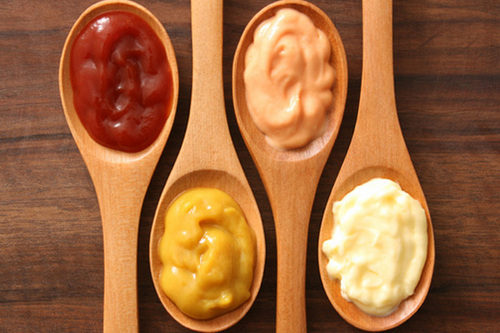The piece of nature that I observed is a small piece from a pine tree. An artist may look at this object in a more descriptive way. If the branches of the tree are it's arms, then this is a hand. The hand itself looks like a small and pathetic pine tree. The wood seems petrified and jags out at many different angles. There is some green on it towards the top but it is beginning to wilt (unlike the picture above). Dingy brown is the predominant color. It's more of a claw than a hand. It feels rough and sharp yet fragile to the touch. Delicate sandpaper comes to mind. The smell is Earthy but not very distinct. I imagine it would taste like dirt (not that I know what dirt tastes like...) When dropped, it makes the sound that is heard when brushing your hand across dead leaves. Dropping it also caused it to lose some more of its green needles. The claw is about a foot in size. It may be dying and ugly, but it is delicate and beautiful in its own way.
A scientist may be more interested in where the object came from rather than how it looks. The pine is a very common yet important tree. There is about 115 different species of the pine tree. They are an evergreen type of tree and they grow from 3-80 m tall. Although they have been introduced to most of the world, they are native to the northern hemisphere. Pines can age anywhere between 100-1,000+ years. The oldest pine, the Great Basin Bristlecone Pine, is actually one of the world's oldest living organisms at 4,800 years old. Pines have four types of leaves: seed, juvenile, scale, and needles. The observed object has the needle type of leaf. Pine trees are also one of the most important trees commercial wise. We use the wood for many of the things we build. The pine tree itself is a symbol for Christmas.
The pine claw was found in the middle of the University of Massachusetts Dartmouth campus. Spring has sprung and the trees are beginning to show signs of life again. The brown is fading to green and the bare is starting to fill up. This is a sharp and extremely necessary contrast to the rest of the campus. Some green life is just what this boring, gray campus needs. With the weather becoming warmer, the outside world is coming back to life and is inviting us out into it. So, it is not just nature that is coming back to life. We are too.
















